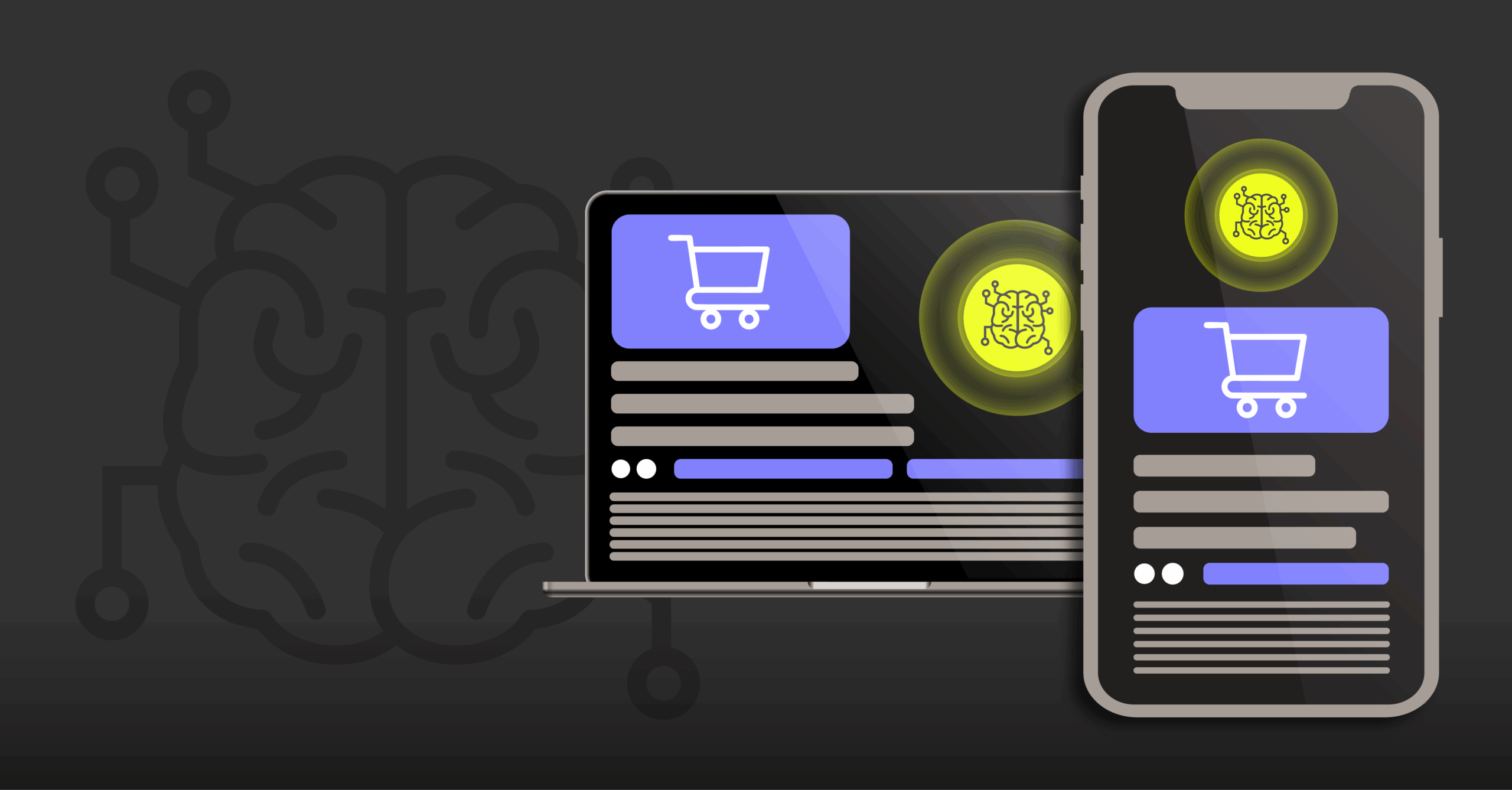
Observability Best Practices

This guide explores the core components of observability best practices, offering actionable insights for organizations seeking to optimize their monitoring and response capabilities.
In today’s complex digital landscape, mastering observability best practices is essential for ensuring the reliability, performance, and scalability of your applications. Whether you’re managing a distributed system or a mobile application, a robust observability strategy empowers teams to detect, diagnose, and resolve issues efficiently. This guide explores the core components of observability best practices, offering actionable insights for organizations seeking to optimize their monitoring and response capabilities.
Defining Your Observability Strategy and Requirements
A successful observability initiative begins with a clear strategy tailored to your organization’s unique needs. Start by identifying your primary business objectives—such as minimizing downtime, improving user experience, or ensuring compliance. Next, assess your current technology stack and operational workflows to determine what data sources and monitoring tools are already in place.
Establishing requirements involves:
- Defining key performance indicators (KPIs): Determine which metrics best reflect your application’s health and user experience.
- Setting service level objectives (SLOs): Establish measurable targets for uptime, latency, and error rates. Consider tools like Mobile SLOs for easier SLO management.
- Identifying critical user journeys: Map out the most important workflows from a user perspective to prioritize monitoring efforts.
By aligning your observability strategy with business goals, you ensure that monitoring efforts deliver actionable insights and drive continuous improvement.
Implementing the Three Pillars: Logs, Metrics, and Traces
The foundation of observability best practices rests on three pillars: logs, metrics, and traces. Each provides a distinct perspective on system behavior:
Logs
Logs capture discrete events and contextual information, such as errors, warnings, and informational messages. Structured logging—using consistent formats and key-value pairs—enables efficient querying and correlation across services.
Metrics
Metrics are numerical representations of system performance over time. Common examples include CPU usage, memory consumption, request rates, and error counts. Aggregating and visualizing metrics helps teams identify trends and anomalies quickly. For comprehensive monitoring, explore App Performance Monitoring solutions tailored for modern mobile applications.
Traces
Traces follow the path of a request as it traverses multiple services or components. Distributed tracing is especially valuable in microservices architectures, providing end-to-end visibility and pinpointing latency bottlenecks. Leverage solutions like OpenTelemetry for Mobile to streamline instrumentation and tracing in mobile environments.
Integrating these three data types creates a comprehensive observability framework, enabling faster root cause analysis and proactive issue resolution.
Setting Up Data Retention and Filtering Policies
Effective observability generates vast amounts of data, making it crucial to implement data retention and filtering policies. These policies help balance storage costs, compliance requirements, and the need for actionable insights.
- Retention policies: Define how long different types of data (logs, metrics, traces) are stored. For example, retain high-fidelity traces for a shorter period while archiving aggregated metrics for long-term analysis.
- Filtering: Use filters to capture only relevant data, such as errors or performance outliers, reducing noise and focusing attention on critical events.
- Compliance: Ensure data retention aligns with regulatory requirements, especially for sensitive information or user data.
By managing data volume and relevance, organizations can maintain observability effectiveness without overwhelming storage or analysis capabilities.
Creating Actionable Alerts and Monitoring Systems
Observability best practices emphasize the importance of actionable alerts—notifications that are timely, relevant, and minimize false positives. To achieve this:
- Define clear alert thresholds: Base alerts on SLOs and KPIs to ensure they reflect real business impact.
- Prioritize alert severity: Categorize alerts by urgency, enabling teams to triage and respond efficiently.
- Integrate with incident management: Connect alerts to ticketing or on-call systems for streamlined response workflows. Consider using Embrace Alerting for robust automation and escalation.
- Continuous tuning: Regularly review and adjust alert rules to reduce noise and improve signal quality.
A well-designed monitoring and alerting system empowers teams to detect issues early and respond before they impact users.
Automating Anomaly Detection and Response
Manual monitoring is no longer sufficient for today’s dynamic environments. Automation enhances observability by enabling rapid detection and remediation of anomalies.
- Machine learning models: Leverage algorithms to identify patterns and deviations from normal behavior, such as sudden spikes in latency or error rates.
- Automated remediation: Implement scripts or workflows that can resolve common issues automatically, reducing mean time to resolution (MTTR).
- Feedback loops: Use automated systems to learn from past incidents, continuously improving detection accuracy and response strategies.
Automation not only accelerates incident response but also frees up engineering resources for higher-value tasks.
Establishing Cross-Department Collaboration and Workflows
Observability is most effective when it transcends departmental boundaries. Collaboration between development, operations, security, and business teams ensures a holistic approach to system health.
- Shared dashboards: Create unified views of key metrics and alerts accessible to all stakeholders.
- Regular communication: Hold cross-functional meetings to review incidents, share insights, and align on priorities.
- Defined roles and responsibilities: Clearly delineate ownership for monitoring, alerting, and incident response tasks.
By fostering a culture of shared responsibility, organizations can accelerate problem-solving and drive continuous improvement.
Conducting Regular Audits and Performance Reviews
Continuous improvement is a cornerstone of observability best practices. Regular audits and performance reviews help organizations assess the effectiveness of their observability strategy and adapt to evolving needs.
- Audit data quality: Ensure logs, metrics, and traces are accurate, complete, and consistently formatted.
- Review alert effectiveness: Analyze alert history to identify false positives, missed incidents, and opportunities for refinement.
- Benchmark performance: Compare current system health against historical data and industry standards.
- Update policies: Revise retention, filtering, and alerting policies based on audit findings and business changes.
Routine reviews enable organizations to stay ahead of emerging challenges and maintain a resilient, high-performing observability framework.

